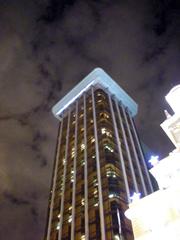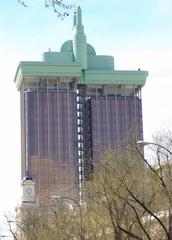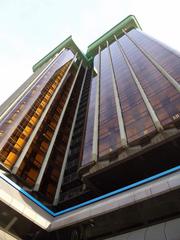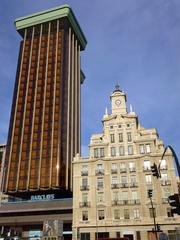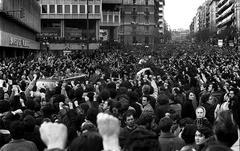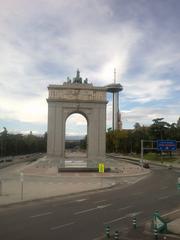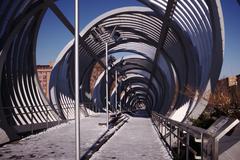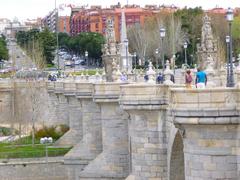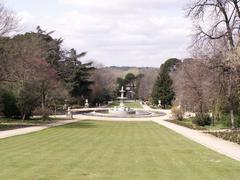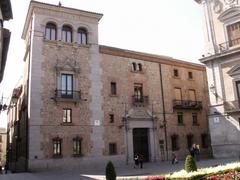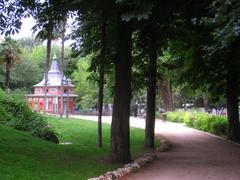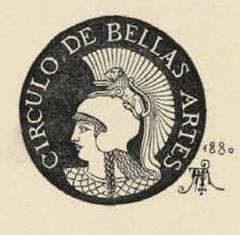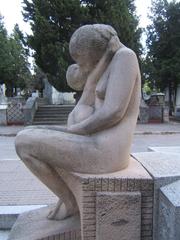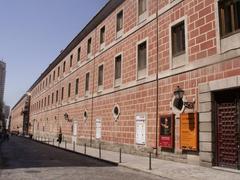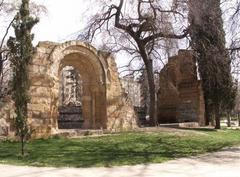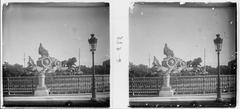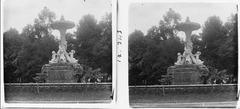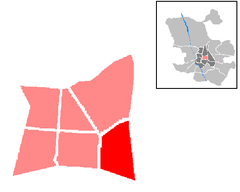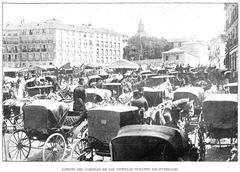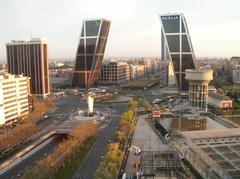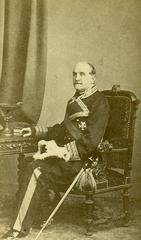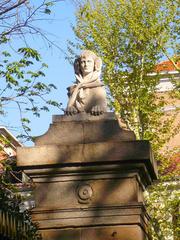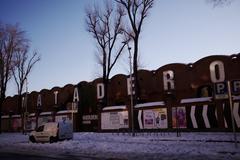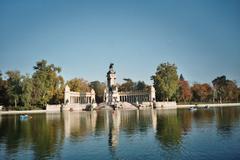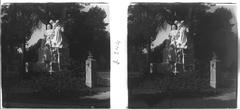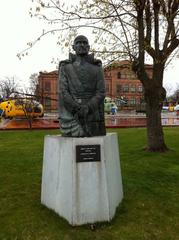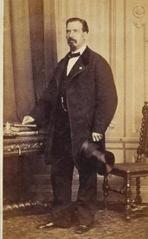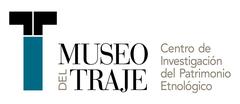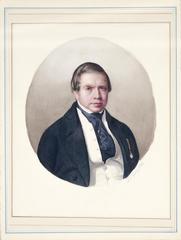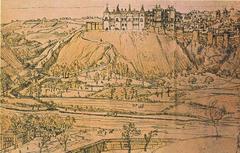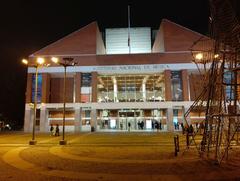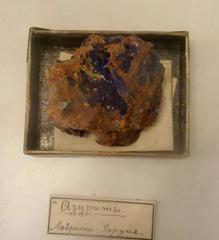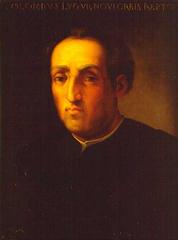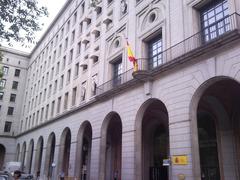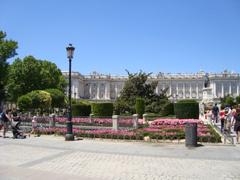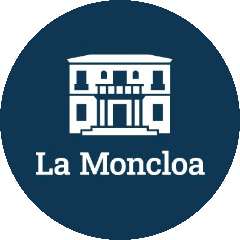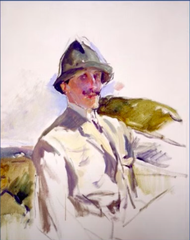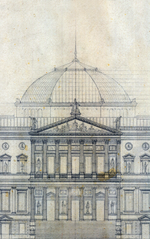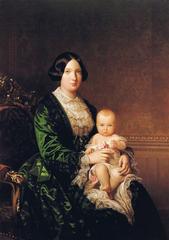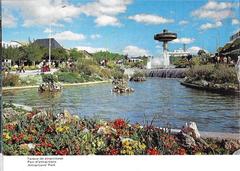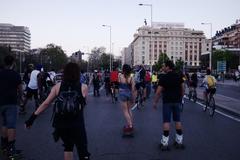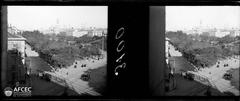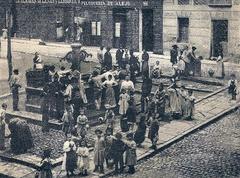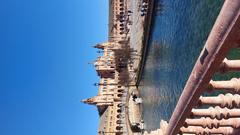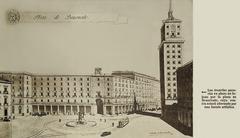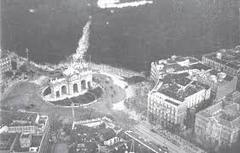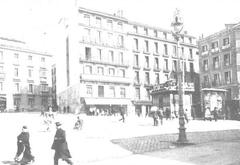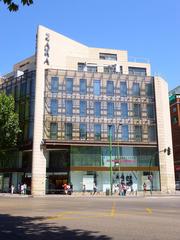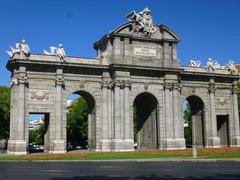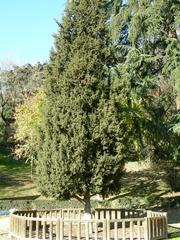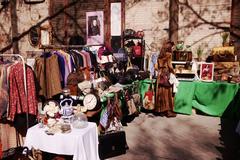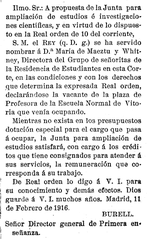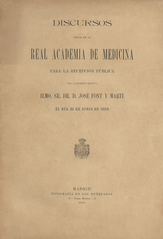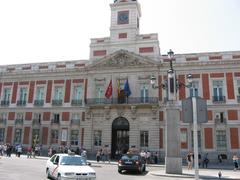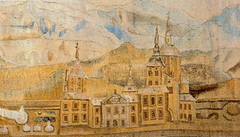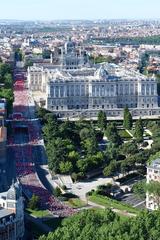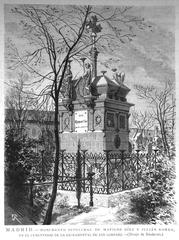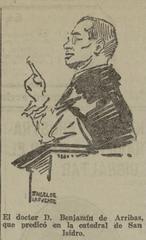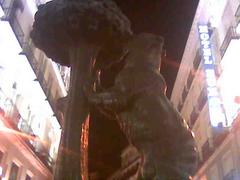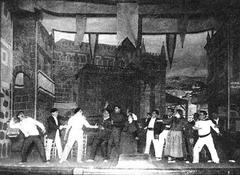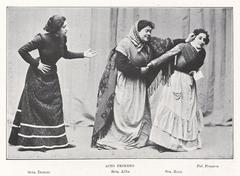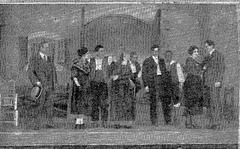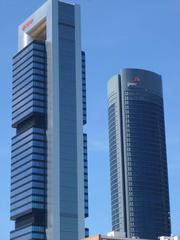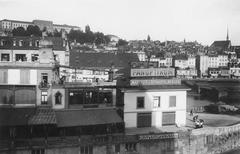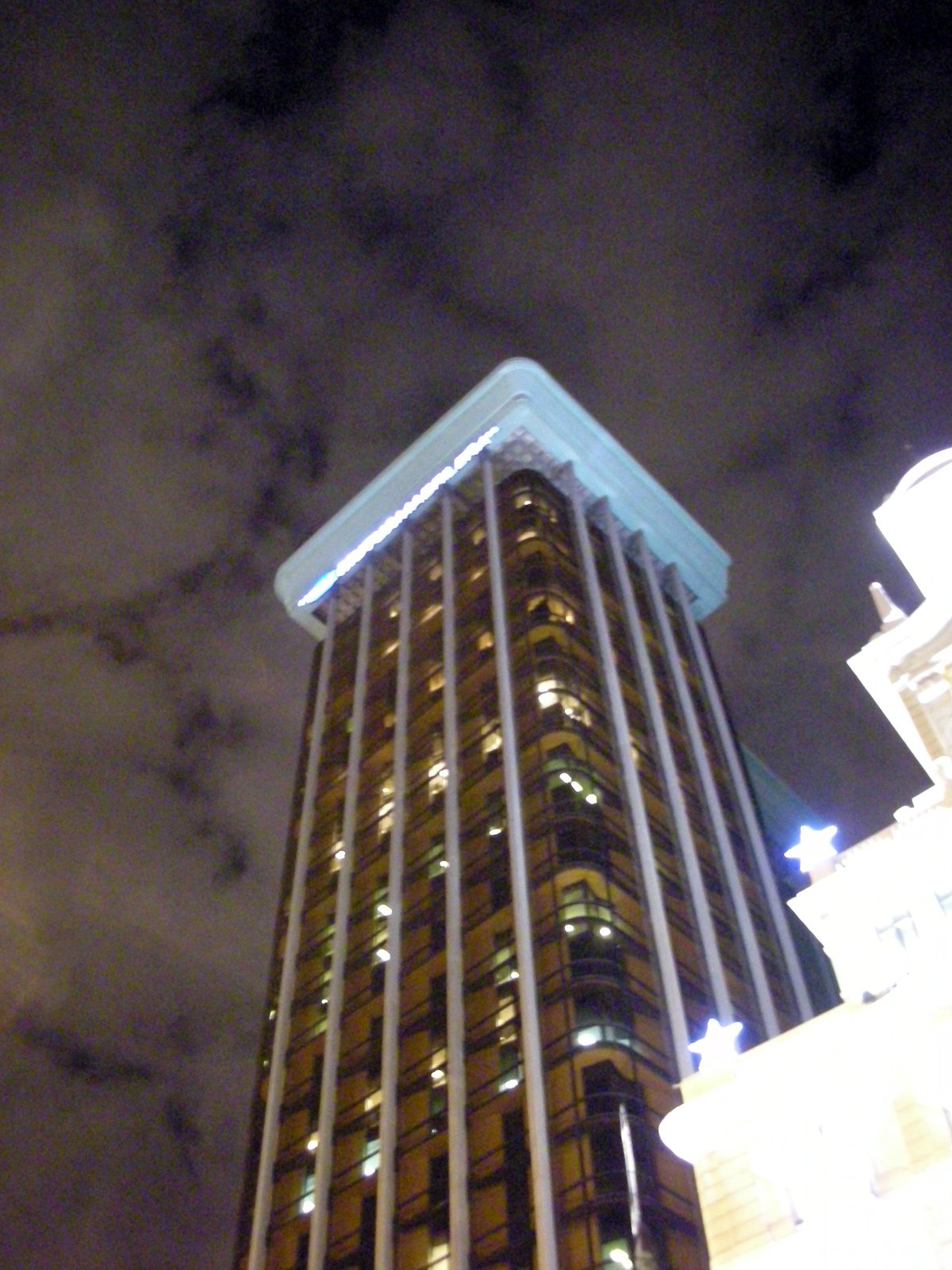
Comprehensive Guide to Visiting Torres De Colón, Madrid, Spain
Published Date: 17/08/2024
Introduction to Torres De Colón
The Torres de Colón, or Columbus Towers, stand as a testament to innovative architectural techniques and modernist design in Madrid, Spain. Located at the bustling Plaza de Colón, these twin towers have become an iconic part of the city’s skyline since their completion in 1976. Designed by the renowned architect Antonio Lamela, the towers are particularly notable for their ‘top-down’ construction method, which was a groundbreaking approach in skyscraper engineering at the time (Amusing Planet). Over the years, the towers have undergone several renovations to meet modern standards and enhance their aesthetic appeal, making them a continually evolving landmark that reflects Madrid’s dynamic architectural landscape.
Beyond their architectural significance, the Torres de Colón hold substantial cultural and historical value. They are situated in a prime location that is easily accessible via public transportation, making them a popular destination for both tourists and locals. The surrounding Plaza de Colón is a vibrant urban space adorned with monuments and cultural institutions, including the Monument to Christopher Columbus and the Fernán Gómez Cultural Center (Barceló). This comprehensive guide aims to provide you with all the essential information you need to explore the Torres de Colón, from their rich history and architectural feats to practical details like visiting hours and ticketing information.
Table of Contents
- Introduction
- History of Torres de Colón
- Practical Visitor Information
- Cultural and Historical Significance
- Controversies and Public Perception
- FAQ
- Conclusion
History of Torres de Colón
Architectural Genesis and Construction
The Torres de Colón were designed by the renowned architect Antonio Lamela and constructed between 1967 and 1976. These towers are notable for their unique construction method, which involved building from the top down—a rare technique in skyscraper construction. This method, where the floors were suspended from a central service shaft, was a testament to the avant-garde thinking in Spanish architecture (Nomad Epicureans).
The unique top-down method provided significant savings in cost and time, as it allowed the floors to be constructed at the basement level and hoisted to the top, rather than moving workers, construction material, and equipment from floor to floor (Amusing Planet).
Initial Reception and Early Years
Upon its completion in 1976, the Torres de Colón became the tallest buildings in Madrid, a record they held until the completion of the Picasso Tower in 1989. Initially, they served as the headquarters of the Rumasa company, during which time their name was changed to Torres de Jerez (Towers of Jerez), in honor of the company’s hometown (Wikipedia).
Despite their innovative design, featuring a green art deco-style top and a copper and smoked glass façade, the towers did not inspire much pride among the city’s inhabitants. Some locals even considered it the ugliest building in Madrid. Despite this, the Torres de Colón have remained an iconic part of Madrid’s skyline since their construction (Amusing Planet).
Structural and Aesthetic Modifications
In 1990, new fire evacuation laws required the installation of an external emergency staircase between the two towers. To hide the utilities and machinery, a significant art-deco element in green bronze, colloquially called “the plug,” was added to the top of the towers. This addition further cemented the buildings’ local nickname, “El Enchufe” or “The Plug” (Behind a Great Project).
The first major renovation of the Torres de Colón took place between 1990 and 1993. This transformation significantly altered the original image of the construction, changing it from two separate towers connected by a base to a single unified building. The towers were also recast with a uniform curtain wall of bronze-colored glass to improve thermal and acoustic insulation (Revista AD).
Recent Renovations and Modernization
The most recent renovation of the Torres de Colón, which began in 2020 and is expected to be completed by the end of 2024, aims to transform the towers into the most sustainable skyscrapers in Spain. The renovation, led by the architectural firm Luis Vidal + Arquitectos, includes a new glass façade with bluish tints, the removal of the previous staircase, and the addition of a sky office with a terrace offering a 360º view of Madrid (Revista AD).
The renovation also focuses on enhancing the well-being of the building’s users. Measures include a 40% increase in natural ventilation, the use of materials without volatile components, and the installation of systems to monitor and improve indoor air quality. The building will consume 60% less energy than a conventional building, with 50% of its energy coming from renewable sources and nearly 10% generated on-site (Revista AD).
Practical Visitor Information
Visiting Hours and Tickets
- Visiting Hours: The Torres de Colón are generally open to visitors from 9 AM to 6 PM on weekdays. Weekend hours may vary, so it’s advisable to check the official website for the latest updates.
- Tickets: Entry to the Torres de Colón is usually free, but certain areas, like the sky office and terrace, may require a ticket. Tickets can be purchased online or at the entrance.
- Guided Tours: Guided tours are available and offer in-depth information about the history and architecture of the towers. Tours can be booked in advance through the official website.
Accessibility and Travel Tips
- Accessibility: The Torres de Colón are equipped with elevators and ramps to accommodate visitors with mobility issues.
- Travel Tips: The towers are located in the bustling Plaza de Colón, which is easily accessible by public transportation. Nearby attractions include the Fernán Gómez Cultural Center and the Gardens of Discovery. It’s recommended to combine your visit to the Torres de Colón with these nearby sites for a comprehensive experience.
Cultural and Historical Significance
The Torres de Colón are not just architectural marvels but also cultural landmarks. They dominate the Plaza de Colón, one of Madrid’s major commercial centers, and are visible from many points in the city. The plaza itself is a significant urban space that serves as a cultural and historical epicenter in the heart of Madrid. Named after Christopher Columbus (Cristóbal Colón in Spanish), the square is renowned for its monumental tribute to the explorer, the towering Monument to Christopher Columbus, which dominates the area with its imposing presence (Barceló).
The Plaza de Colón is also home to the Fernán Gómez Cultural Center and the Gardens of Discovery, which feature impressive concrete structures and cultural exhibitions. The square’s vibrant atmosphere, enriched by frequent cultural events and its proximity to other major landmarks, makes it a must-visit destination in Madrid (Nomad Epicureans).
Controversies and Public Perception
The Torres de Colón have been the subject of various controversies over the years, particularly regarding their aesthetic appeal and the numerous renovations they have undergone. The most recent renovation by Luis Vidal has sparked debate about the degree to which modern buildings should be protected and preserved. Critics argue that the new design alters the original composition of volumes, while supporters believe it respects the building’s alignment and enhances its functionality (Arquitectura Viva).
Despite the controversies, the Torres de Colón remain a symbol of Madrid’s modernity and embrace of futuristic design. They continue to be a focal point in the city’s architectural landscape, representing a blend of historical significance and contemporary innovation (Nomad Epicureans).
FAQ
Q: What are the visiting hours for Torres de Colón? A: The Torres de Colón are generally open from 9 AM to 6 PM on weekdays. Weekend hours may vary, so it’s best to check the official website for current timings.
Q: Do I need tickets to visit Torres de Colón? A: Entry to the towers is usually free, but certain areas like the sky office and terrace may require a ticket. Tickets can be purchased online or at the entrance.
Q: Are guided tours available? A: Yes, guided tours are available and offer detailed insights into the history and architecture of the Torres de Colón. These can be booked through the official website.
Q: Is Torres de Colón accessible to visitors with mobility issues? A: Yes, the towers are equipped with elevators and ramps to accommodate visitors with mobility issues.
Q: What other attractions are near Torres de Colón? A: Nearby attractions include the Fernán Gómez Cultural Center and the Gardens of Discovery. The Plaza de Colón itself is a vibrant area with numerous cultural events.
Conclusion
In summary, the Torres de Colón are a testament to innovative architectural design and engineering. From their unique top-down construction method to their various renovations, these towers have continually evolved while maintaining their status as iconic landmarks in Madrid. Their history reflects the dynamic interplay between architectural innovation, cultural significance, and public perception. Be sure to visit and explore these remarkable towers on your next trip to Madrid.
For more updates and information, follow us on social media or visit our website.
References and Sources
- Nomad Epicureans. (n.d.). Free Madrid Walking Tour (Self-Guided). source
- Amusing Planet. (2017, September). The Building That Was Built From Top to Bottom. source
- Wikipedia. (n.d.). Torres de Colón. source
- Behind a Great Project. (n.d.). Structure: Colon Towers. source
- Revista AD. (n.d.). Torres de Colón: Rascacielos Sostenible en Madrid. source
- Barceló. (n.d.). Plaza de Colón. source
- Arquitectura Viva. (n.d.). Reforma de las Torres de Colón. source
- Travellers Worldwide. (n.d.). Best Time to Visit Madrid. source
- Adventure in You. (n.d.). Best Time to Visit Spain. source
- National Archaeological Museum. (n.d.). Home. source
